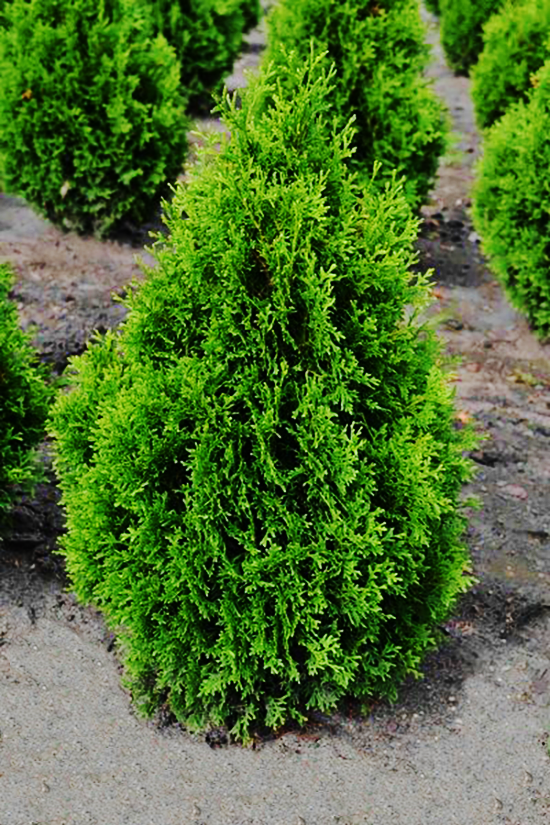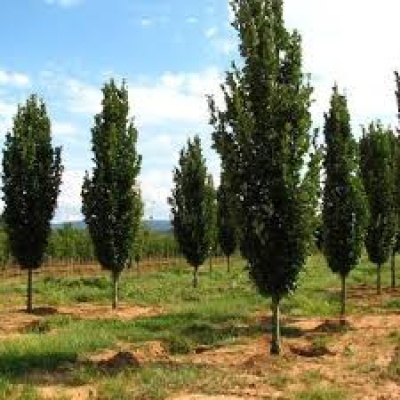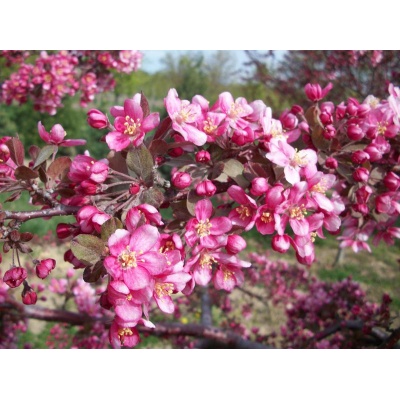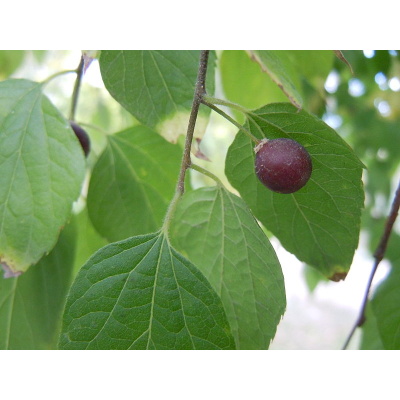Description
 Thuja occidentalis ‘Holmstrup’
Thuja occidentalis ‘Holmstrup’
Holmstrup Arborvitae
‘Holmstrup’ is a compact cultivar discovered in Holmstrup, Denmark and introduced into commerce in 1951. It is a slow-growing cultivar that grows to 5-8’ tall over the first 10 years, eventually maturing to as much as 10-15’ over time. Plants display a dense narrow-pyramidal shape with attractive rich green scale-like foliage in vertical sprays. Foliage is noted for retaining good green color throughout winter. Seed cones are not particularly showy.
Zone: 3 to 7
Height: 10.00 to 15.00 feet
Spread: 3.00 to 5.00 feet
Bloom Time: Non-flowering
Bloom Description: Non-flowering
Sun: Full sun to part shade
Water: Medium
Maintenance: Low
Suggested Use: Hedge
Leaf: Evergreen
Other: Winter Interest
Tolerate: Clay Soil, Black Walnut, Air Pollution




Reviews
There are no reviews yet.